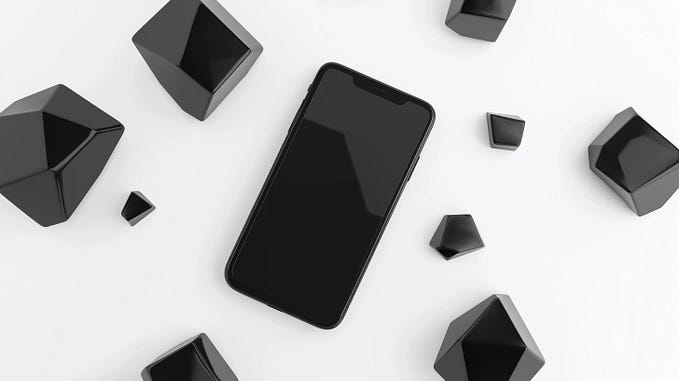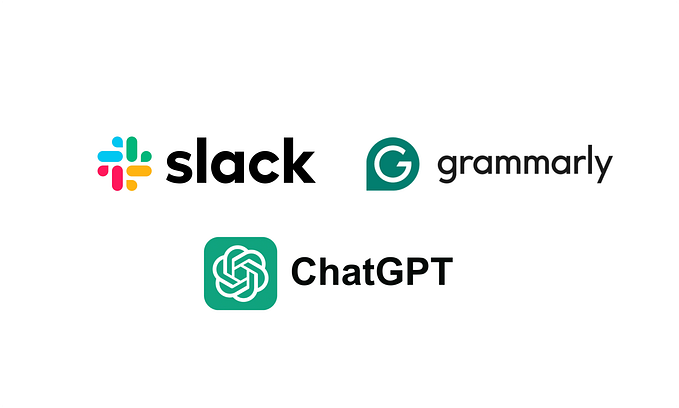Member-only story
Are physical buttons going extinct?
Are we leaving physical buttons behind or will they be part of our future?

Physical buttons were not a part of my user experience education. All interfaces that I and my classmates designed were assumed to be a part of a graphic user interface on either a touchscreen or desk top. The only time that physical buttons were discussed was in studying the past — it seems like UX design is divided between the pre- and post-touchscreen era.
A brief history of touchscreens

The first touchscreen’s description is credited to Eric Arthur Johnson in 1965, an engineer at the Royal Radar Establishment in Malvern, England. His article, later refined into the 1967 paper “Touch Displays: A Programmed Man-Machine Interface” explained how a screen could be interacted with via fingertips, rather than buttons, dials, and knobs.

The first commercially available computer with a touchscreen was the HP-150 in 1983, which sensed…








